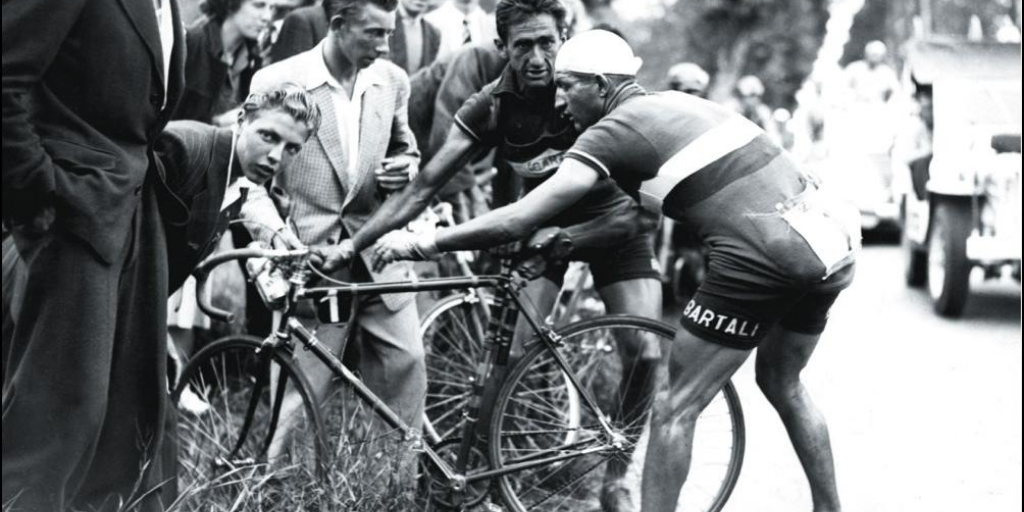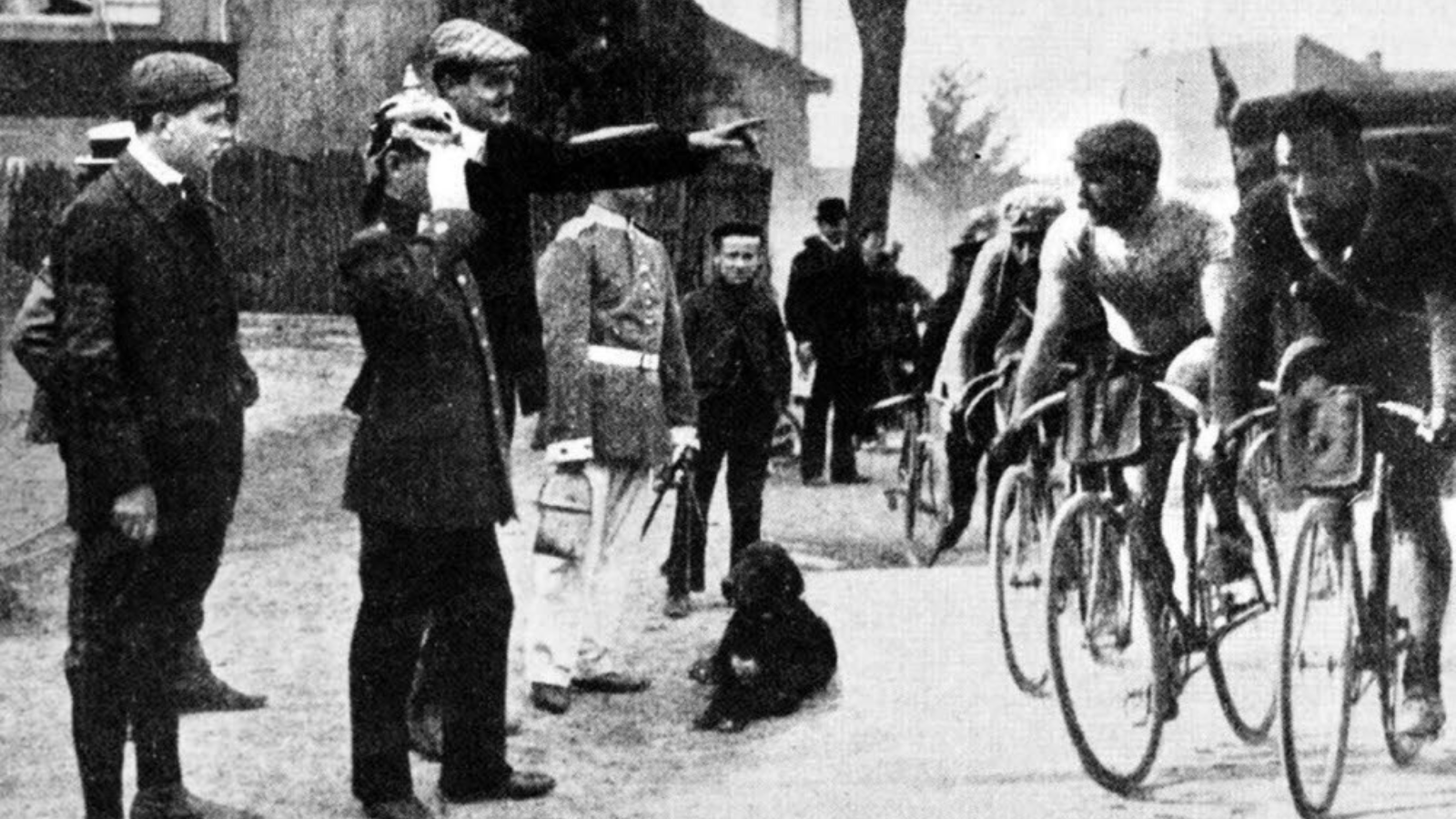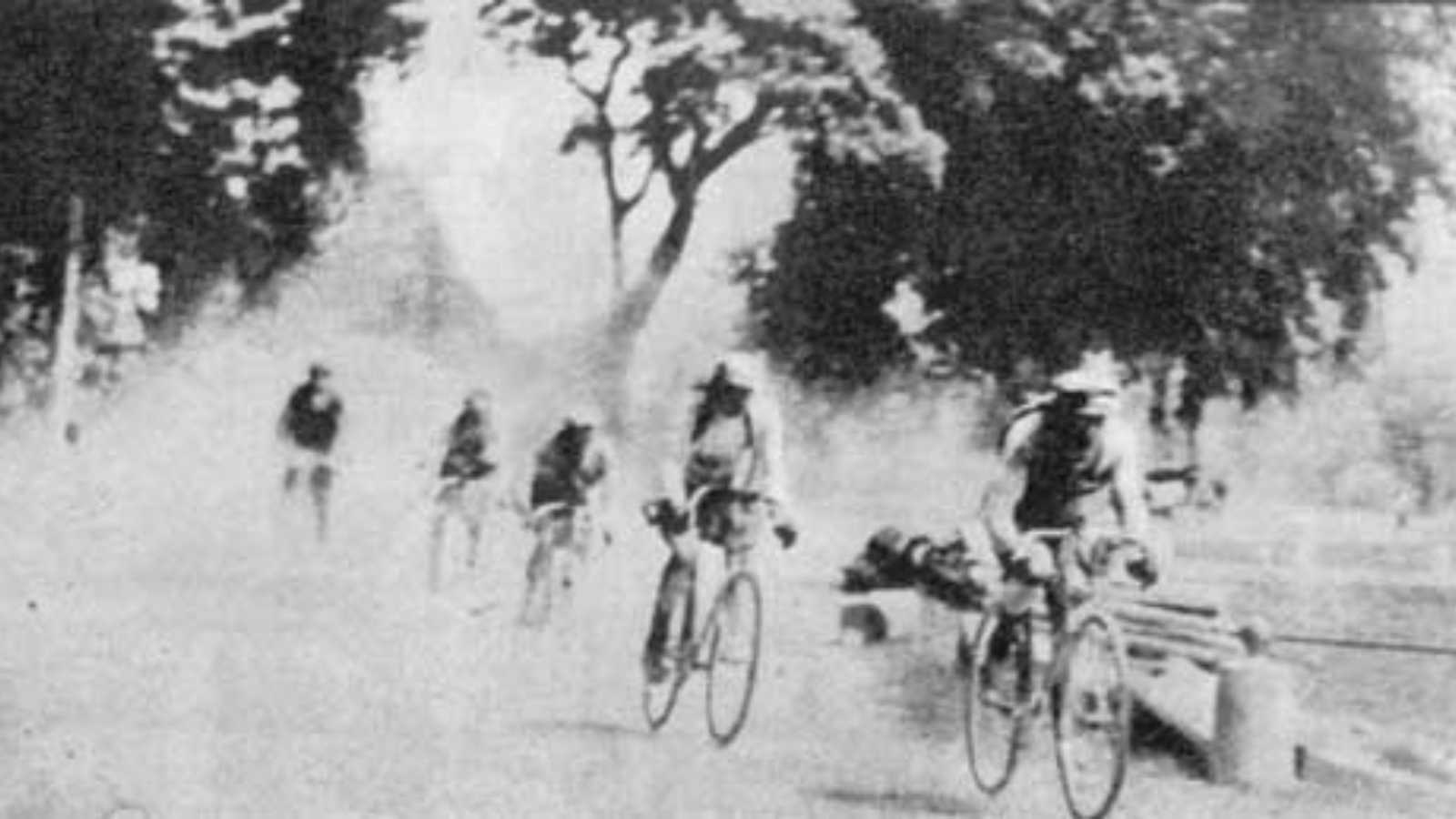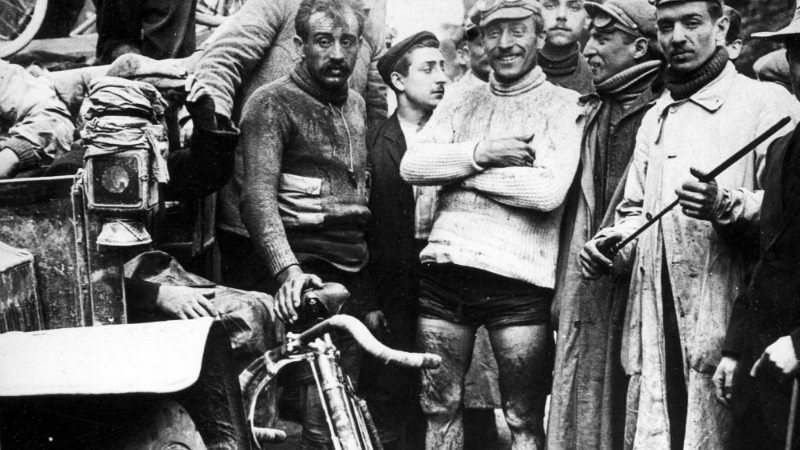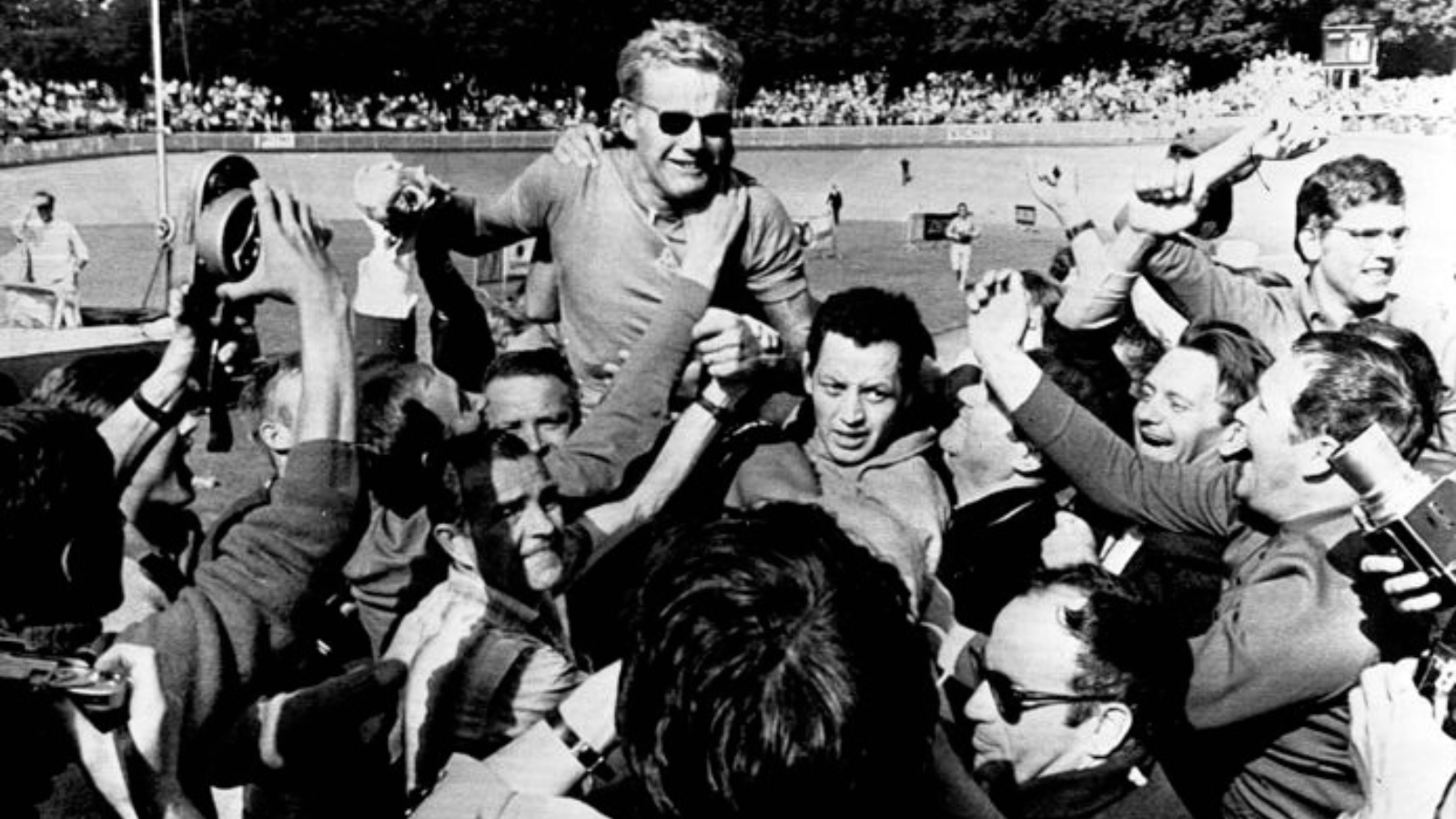In its more than 120-year-long history Tour de France, the most famous road cycling race of the world witnessed good time and bad time either. It had plenty of glourious moments, but also some shameful ones. Here are the four (arguably) most scandalous editions in the history of Tour de France .
1904 - an almost untimely end of a great story
The first Tour de France was a great success, not only financially, but participating in the race brought fame and prestige to the riders either. Unfortunately, when sport events have such a high stake, cheating becomes pivotal part of the happenings.
Actually, at the second edition of the race, riders and fans went totally mad.
Numerous riders were disqualified during the race already, mostly accused of getting lifts in cars and taking illegal feeds. Some other participants just took the train to shorten the way. Meanwile other riders were attacked and beaten by the fanatical supporters of other participants. Nails were frequently thrown on the road.
The scandal lasted till the end of the year when the French Cycling Union decided to launch an investigation and as its result, they disqualified the first four riders finished the race. The edition was originally won by Maurice Garin, now Henri Cornet was the declared the official winner of the second Tour de France. He is the youngest Tour de France winner of all time.
Henri Desgrange became such furious,
he almost abandoned the idea to organize another Tour de France.
But luckily, he has changed his mind and the story of Tour de France has continued.
1937 - A French rider must win
1937 was the first year with the new race director Jacques Goddet, after the 34 year long absolute reign of Henri Desgrange. The "founding fater" of Tour de France didn't like the French cyclist Roger Lapebie, who, despite his great form wasn't even invited into the French team during previous editions. But with the new boss, he had the opportunity to show his talent and determination.
And sometimes also the rules were bent to his success.
Since the 9th stage, Belgian cyclist, Sylvére Maes, the winner of previous edition, was leading the general classification ahead of Mario Vicini and Roger Lapebie, who at this point became the undisputable leader of the French team.
And then came the 15th stage.
Before the stage, someone broke off the handlebars on Lapebie’s bike. He could repair it, but it the bike was without water holder. So he had to start the stage with four big mountains (the classic Peyresourde, Aspin, Tourmalet and Aubisque quartet) without water.
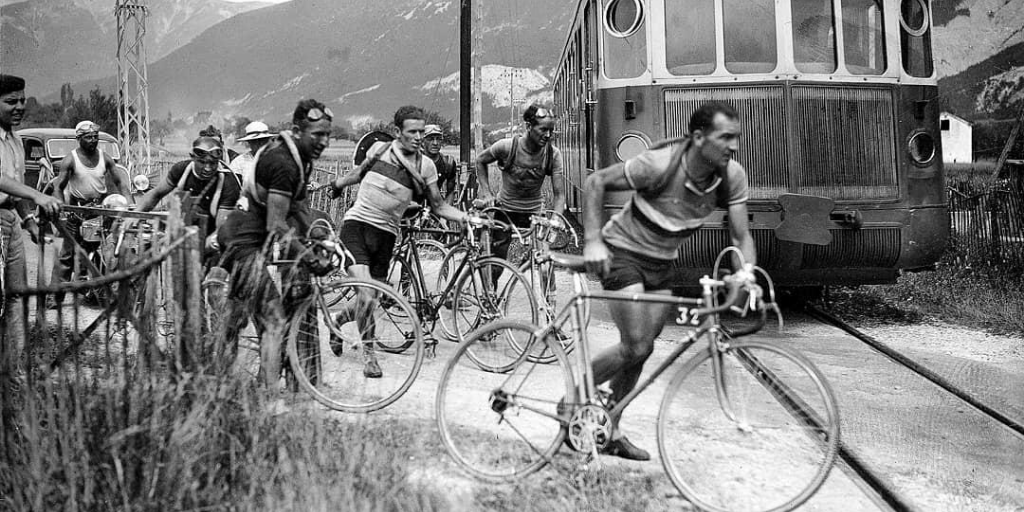
He was losing time since the beginning of the stage, but his teammates helped him through the worst phase. On the top of the Tourmalet, Lapebie was 7 minutes behind Maes, but rode downhill furiously and decreased the gap to only 3 minutes.
Within the last 15 km, Lapebie was able to cache his main rival and finished second behind Julian Berrendero. The Frenchman got a 45" time bonus but a 90" penalty for being pushed by his fans on the ascents, holding on to cars uphill and drafting them downhill.
The Belgians were quite upset due to the fact, that
Lapebie has gained significantly more time by the illegal activities than lost by the penalties.
Nevertheless, Maes was still in yellow, but he had a bad day on the next day. He had a puncture and was helped by Gustaaf Deloor and Adolf Braekeveldt, two individuals, which basically wasn’t allowed, thus Maes got a 15" (or 25" according to other sources) penalty. This was the stage when Lapebie was allowed to cross the railway before the bars were lowered, but Maes wasn’t.
This was too much for the Belgians, and they left the race before the 17th stage.
At the end, Roger Lapebie won the race that considered to be one of the most scandalous editions in the history of Tour de France.
1950 -Gino Bartali wants to leave the Tour de France
After Fausto Coppi, the previous winner of Giro d’Italia and Tour de France crashed out at the Giro, Gino Bartali became the clear leader of the Italian team at the Tour in 1950. He was already the winner of the editions on 1938 and 1948. That also means
the recent two editions were won by Italian riders
, which caused several smaller incidents between the disappointed French spectators and the Italian riders.
The 11th stage was a classic etap in the Pyrenees, including Aubisque, Tourmalet, Aspin. The tension was high and the situation escalated when Bartali alongside with Jean Robic (Tour de France winner in 1947) crashed with a motorbike. Some of the spectators tried to help them, but others started kicking and beating Bartali.
He managed to get back on his bike and became so furious, that he won the stage ahead of Louison Bobet and Stan Ockers. Meanwhile, Fiorenzo Magni gained the yellow jersey.
Bartali wanted both Italian teams ( there was also an Italian cadet team with young talents in the peloton ) to withdraw from the race. It was the hardest for Magni, of course, who would have raced in yellow the next day.
But finally, the Italian riders left the race. Ferdi Kübler became the leader of the general classification and managed to remain in this position until the very end of the race.
1975 - Eddy Merckx gets punched
Legendary ascent Puy de Dôme witnessed several great moments. But the 11th July 1975 wasn't a glorious day in the history of Tour de France. Five -time (1969, 1970, 1971, 1972 and 1974) Tour de France winner Eddy Merckx was leading the general classification since the six stage (an individual time trial won by him) and had a pretty good chance to collect his sixth Tour de France victory.
On the Puy de Dôme he was about to catch Joop Zoetemelk, when a spectator just punched in his gut. Merckx finished the stage and was also able to keep his leading position in the general classification. Luckily, the next day was a rest day. But in the 15th stage he was completely out of form and at the end of the day, he lost also the yellow jersey.
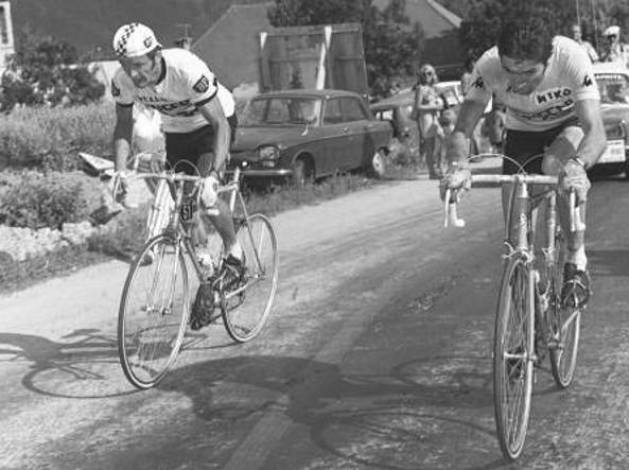
The 13th July 1975 was the last day Eddy Merckx wore the yellow jersey.
Tour de France 1975 was won by Bernard Thévenet.
TOUR DE FRANCE MILESTONES
When Tour de France went abroad before 1914
Defining historical events of the 20th century often left their marks on road cycling history. Just think about, for istance, the impact of World War 1 on the mythology of some famous races, like Paris-Roubaix. The born of the famous phase of “Hell of the North” is a quite well known story among cycling fans.… Read More »When Tour de France went abroad before 1914
The years of La Sportive consortium (1919- 1921)
Although Henri Desgrange was always keen to preserve Tour de France as a competition for individuals1, cyclists who were sponsored by the same bicycle manufacture naturally worked as a team. Alcyon for example, delivered four overall victories (François Faber, 1909; Octave Lapize,1910 ; Gustave Garrigou, 1911; Odyle Defraye, 1912) before 1914 and dominated most of… Read More »The years of La Sportive consortium (1919- 1921)
The most scandalous Tour de France ever
The first Tour de France without Henri Desgrange in charge since the creation of the event in 1903 didn’t go down well in the history of road cycling at all. In 1937 Jacques Goddet was full in charge and with him came the first big change: it was the first time when gear change… Read More »The most scandalous Tour de France ever
BIT MORE TOUR DE FRANCE HISTORY
5 facts about Tour de France 1903
The first Tour de France started at 3 pm on the 1st of July in 1903 from the Café au Reveil Matin (Paris).
Four scandalous Tour de France editions
In its more than 120-year-long history Tour de France, the most famous road cycling race of the world witnessed good time and bad time either. It had plenty of glourious moments, but also some shameful ones. Here are the four (arguably) most scandalous editions in the history of Tour de France . 1904 – an… Read More »Four scandalous Tour de France editions
Winning the Tour de France without wearing the yellow jersey
Since the introduction of the yellow jersey in 1919, there were only two cyclists to win the race with taking the first place in the general classification in the last stage. Thus they didn’t have the opportunity to wear the yellow jersey during that particular edition of Tour de France. Jean Robic (1947) After the… Read More »Winning the Tour de France without wearing the yellow jersey
